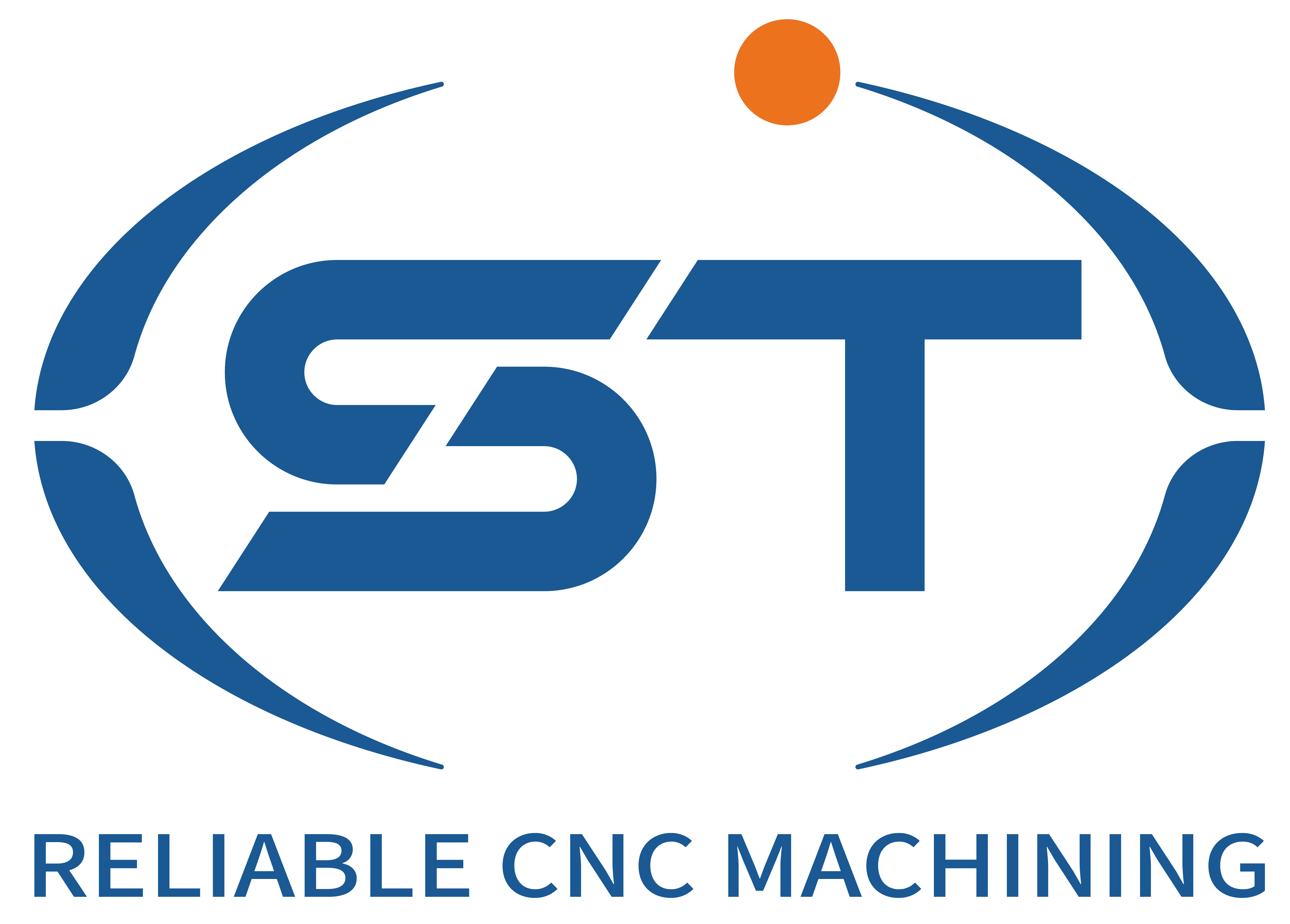Содержание
ПереключениеUnderstanding Standard Stock in CNC Machining
In the realm of ЧПУ обработки, the term “standard stock” refers to pre-manufactured materials that possess established dimensions and properties. These materials come in various forms, notably bars and sheets, and are routinely categorized based on their shape, size, and composition. The most common types of stock materials used in CNC machining include metals such as aluminum, steel, and brass, as well as plastics like acrylic and polycarbonate. Each category serves distinct purposes, depending on the project’s specific requirements.
Standard stock is essential for several reasons. Firstly, the use of materials that adhere to standard dimensions significantly simplifies the design process. Designers and engineers can utilize these predefined measurements, ensuring that components fit together correctly without the need for extensive modifications. This efficiency not only accelerates the design phase but also helps prevent potential design errors, making the overall production cycle smoother.
Additionally, integrating standard stock into CNC machining processes leads to waste reduction. As these materials are readily available, there is a decreased likelihood of over-ordering or underutilizing materials. By utilizing stock that is routinely available in specific sizes, manufacturers can minimize scrap and lower costs, optimizing the entire supply chain. Furthermore, with predictable stock dimensions, the lead time required for sourcing materials is significantly reduced, allowing for quicker turnaround times on projects.
Incorporating standardized stock in CNC machining encourages a streamlined production workflow, encompassing both efficiency and cost-effectiveness. As manufacturers continue to seek ways to enhance production effectiveness, understanding and employing these common stock types will remain a fundamental practice in the CNC machining landscape.
Cost-Saving Benefits of Standard Stock Design
In the manufacturing realm, particularly in CNC machining, the choice between standard stock and custom blanks can significantly influence production costs. Standard stock refers to pre-manufactured materials that are readily available and used universally across various applications. One notable example is the 1″ bar, which offers substantial financial advantages when utilized effectively.
Firstly, the critical cost-saving benefit of standard stock design comes from material savings. When manufacturers opt for standard stock, they eliminate the need for extensive customization, which often leads to excess waste. For instance, the use of a 1″ bar can minimize scrap material when cutting parts, as these bars are designed for maximal yield in standard-sized components. By reducing the quantity of wasted materials, companies can achieve a more favorable production budget, ultimately translating into lower costs per part.
Moreover, standard stock contributes significantly to labor efficiency. Custom blanks typically require additional setup time, skilled labor, and specific machinery adjustments, prolonging the production timeline. In contrast, standard stock components streamline operations by allowing for faster transitions between tasks and reducing the time workers spend adjusting equipment. For example, a case study involving a mid-sized manufacturer revealed that switching to standard stock reduced assembly times by nearly 30%, thereby enhancing productivity.
Lastly, by reducing both material waste and labor inefficiencies, manufacturers can realize a noteworthy reduction in overall manufacturing costs. The cumulative effect of these savings allows companies to allocate resources more effectively, invest in new technologies, or even pass savings on to customers, enhancing their competitive edge in the market. The financial advantages of standard stock design cannot be overstated, making it a prudent choice for CNC machining businesses aiming to maximize efficiency and profitability.
Minimizing Waste and Maximizing Efficiency
In the field of CNC machining, the selection and utilization of standard stock dimensions play a crucial role in minimizing waste and maximizing efficiency. By designing parts around these established dimensions, manufacturers can significantly reduce material scrap rates, thereby promoting more sustainable practices. This outcome is achieved through strategic planning and thoughtful design techniques that align with the chosen materials.
One effective strategy is to carefully assess the part requirements against available standard stock sizes. By selecting dimensions that closely match the product specifications, the need for extensive trimming or modifications can be minimized. Incorporating a design-for-manufacturing (DFM) approach further aids in maximizing the use of standard stock. DFM focuses on simplifying designs and ensuring compatibility with manufacturing processes, which in turn helps in reducing excess material and unnecessary complexity in production. This methodology not only optimizes resource use but also leads to faster turnaround times in low-volume CNC machining scenarios.
The adoption of standard stock is particularly beneficial in low-volume production, where less material is wasted, and costs are controlled. Smaller batches often necessitate higher precision and reduced lead times. By utilizing standard sizes, machinists can streamline operations and leverage their machinery to produce multiple parts efficiently without extensive setup changes. This adaptability enhances productivity and reduces the overall production cycle, making low-volume runs more feasible and cost-efficient.
In essence, implementing standard stock dimensions in CNC machining is crucial for addressing waste minimization and overall efficiency. Through meticulous design practices and strategic planning, manufacturers can optimize their production processes, support sustainable practices, and ultimately achieve better outcomes in resource utilization. As the demand for high-quality low-volume parts increases, understanding the importance of standard stock becomes ever more critical in the CNC machining landscape.
Implementing Standard Stock Practices in Your Workflow
To effectively implement standard stock practices in CNC machining workflows, manufacturers and designers must consider several crucial elements that optimize both efficiency and production quality. First and foremost, the choice of design software plays a significant role in determining how well standard stock can be integrated into manufacturing processes. Modern CAD/CAM software often includes features that allow for stock material libraries, aiding in the selection of standardized dimensions and materials that align with project requirements. Ensuring that your design software is equipped with these functionalities can streamline the entire workflow and reduce the likelihood of material wastage.
Material selection is another vital aspect of utilizing standard stock in CNC machining. By prioritizing commonly available materials, manufacturers can significantly cut down on lead times and costs. Standard materials that are easily sourced allow for quick adaptations and minimize the need for custom orders, hence promoting a seamless production flow. Additionally, it is advisable to conduct a thorough analysis of the materials’ properties and availability in advance. This preemptive measure not only helps in avoiding production delays but also enhances the overall reliability of the final products.
The successful implementation of standard stock practices also heavily relies on adequate team training. All personnel involved, from designers to machine operators, should have a clear understanding of the benefits and applications of standard stock practices. Regular workshops and training sessions can ensure that team members are up-to-date with the latest technology and methods, fostering a culture of efficiency. Involving the whole team in the optimization process ensures that everyone is on the same page, ultimately contributing to a more cohesive and productive workflow. By considering these aspects, companies can effectively incorporate standard stock practices, resulting in a significant enhancement in operational efficiency.




